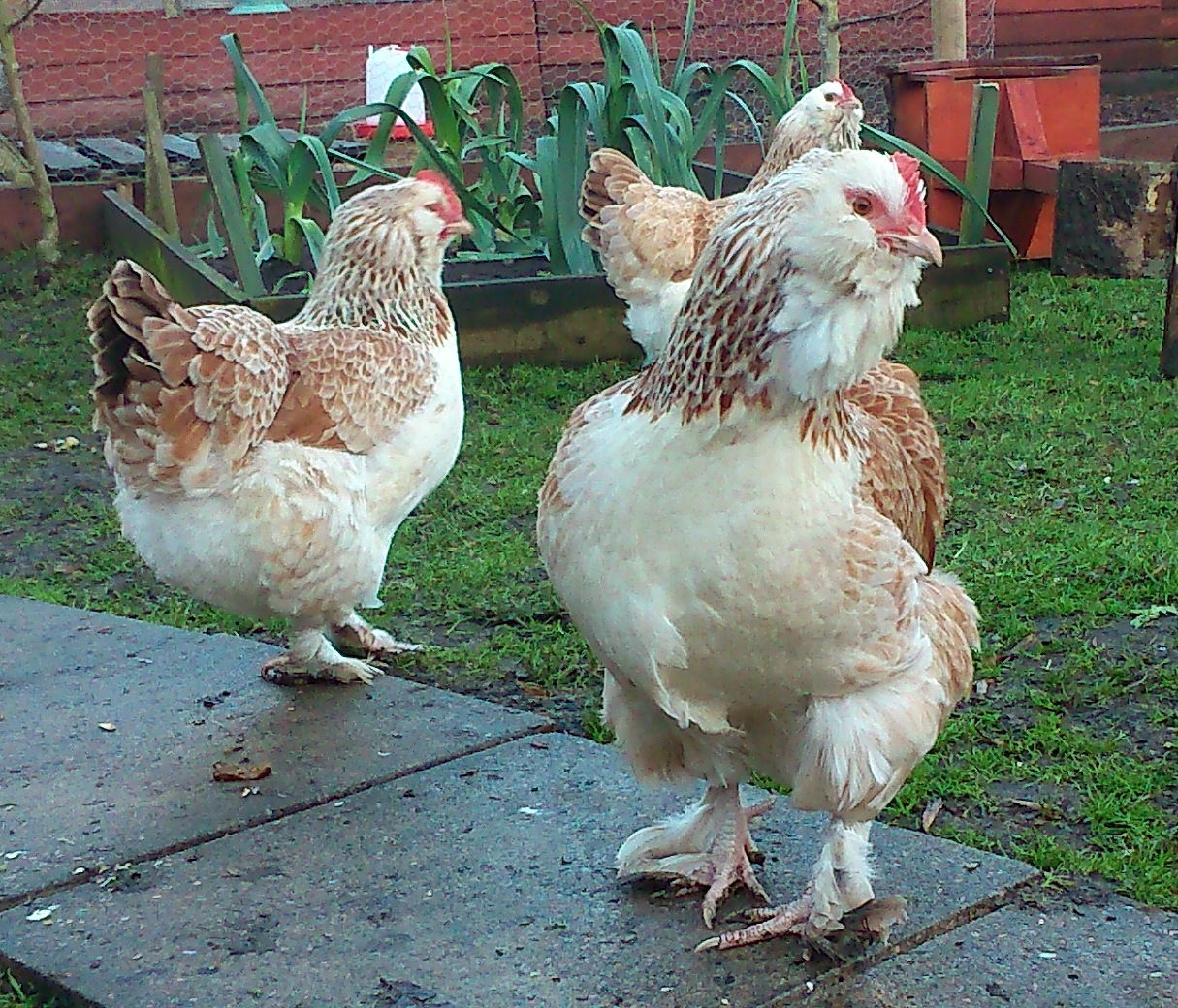- Joined
- Dec 31, 2017
- Messages
- 3,131
Ok, now that I have settled on chickens instead of ducks (or both), the question becomes what kind of chicken? Saw these in my web surfing..Buckyes. https://countrysidenetwork.com/daily/poultry/chickens-101/buckeye-chickens-all-american-breed/
They seem to fill the bill, but there may be others, or better ones, for all I know. All chicken farmers, please feel free to jump in here,
1. The locale is around 4 - 5,000 ft altitude.
2. WINTER extremes range from -25 to a normal low of around 15 - 20 above zero, and SUMMER extremes range from 100 to a normal 70 - 80.
3. Water is not a problem.
4. The coops (Two) are semi-heated....waste heat from the generator is ducted to the coops and well insulated. The coops themselves are insulated. Coops are fenced in, 8' high chicken wire and deer net, each coop has an 80' x 150' area of free ground.
5. Predators: Everything from weasels to grizzlies, with plenty in between. Defenses against predators include two dogs, motion detector cameras set to ignore anything under 15 lbs, wireless video cameras 24/7, many firearms, 900x Celestron telescope. Can also use poison bait if necessary...but do not want to endanger the dogs unnecessarily.
OK, chicken experts, have at it....what breed of chickens do I want? And how many should I keep in the "flock" with two of us in residence, all year?
They seem to fill the bill, but there may be others, or better ones, for all I know. All chicken farmers, please feel free to jump in here,
1. The locale is around 4 - 5,000 ft altitude.
2. WINTER extremes range from -25 to a normal low of around 15 - 20 above zero, and SUMMER extremes range from 100 to a normal 70 - 80.
3. Water is not a problem.
4. The coops (Two) are semi-heated....waste heat from the generator is ducted to the coops and well insulated. The coops themselves are insulated. Coops are fenced in, 8' high chicken wire and deer net, each coop has an 80' x 150' area of free ground.
5. Predators: Everything from weasels to grizzlies, with plenty in between. Defenses against predators include two dogs, motion detector cameras set to ignore anything under 15 lbs, wireless video cameras 24/7, many firearms, 900x Celestron telescope. Can also use poison bait if necessary...but do not want to endanger the dogs unnecessarily.
OK, chicken experts, have at it....what breed of chickens do I want? And how many should I keep in the "flock" with two of us in residence, all year?








